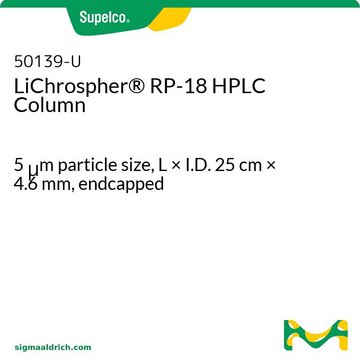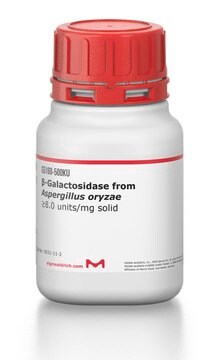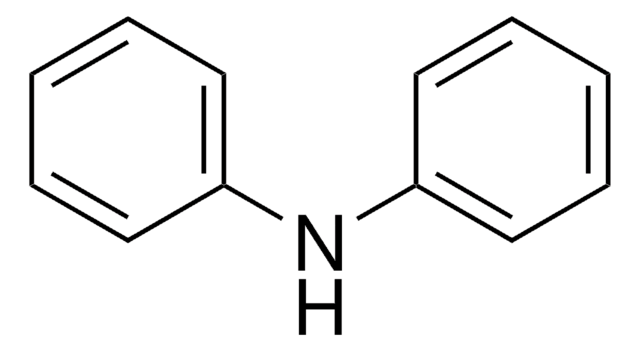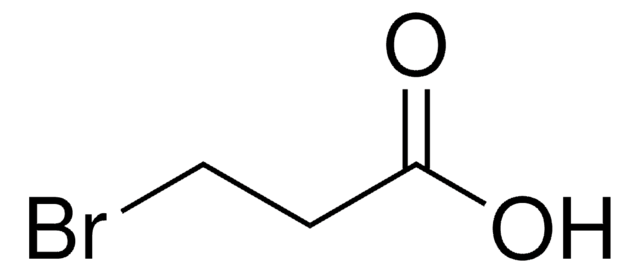58979C30
SUPELCOSIL™ LC-CN (3 µm) HPLC Columns
L × I.D. 3.3 cm × 3 mm, HPLC Column
Synonym(s):
Cyanopropyl HPLC Column
About This Item
Recommended Products
product name
SUPELCOSIL™ LC-CN HPLC Column, 3 μm particle size, L × I.D. 3.3 cm × 3 mm
material
stainless steel column
Agency
suitable for USP L10
product line
SUPELCOSIL™
feature
endcapped
manufacturer/tradename
SUPELCOSIL™
packaging
1 ea of
extent of labeling
4% Carbon loading
parameter
≤70 °C temp. range
400 bar pressure (5801 psi)
technique(s)
HPLC: suitable
L × I.D.
3.3 cm × 3 mm
surface area
170 m2/g
surface coverage
surface coverage 3.5 μmol/m2
matrix
silica gel, spherical particle platform
fully porous particle
matrix active group
cyano phase
particle size
3 μm
pore size
120 Å
pH range
2-7.5
application(s)
food and beverages
separation technique
hydrophilic interaction (HILIC)
normal phase
reversed phase
Looking for similar products? Visit Product Comparison Guide
Related Categories
General description
Application
- Validated Simple HPLC-UV Method for Mycophenolic Acid (MPA) Monitoring in Human Plasma. Internal Standardization: : This study presents a validated HPLC-UV method for monitoring Mycophenolic Acid in human plasma, emphasizing the role of internal standardization in accuracy and precision of the results. The SUPELCOSIL™ LC-CN HPLC column was utilized for its effective separation capabilities (Kunicki and Wróbel, 2021).
- An Improved HPLC Method for Therapeutic Drug Monitoring of Daunorubicin, Idarubicin, Doxorubicin, Epirubicin, and Their 13-Dihydro Metabolites in Human Plasma: This paper details an enhanced HPLC method for monitoring various anthracycline drugs in human plasma. The use of the SUPELCOSIL™ LC-CN HPLC column improved the detection and quantification of these drugs and their metabolites (Fogli et al., 1999).
- Analysis of Diltiazem and Desacetyldiltiazem in Serum by High-Performance Liquid Chromatography: This research focused on developing a precise HPLC method to analyze diltiazem and its metabolite in serum, employing the SUPELCOSIL™ LC-CN HPLC column for effective separation and detection (Paczkowski et al., 1995).
- High-Performance Liquid Chromatographic Method for the Determination of Eclanamine and Its N-Desmethyl and N,N-Didesmethyl Metabolites in Urine: This study describes a robust HPLC method for determining eclanamine and its metabolites in urine, utilizing the SUPELCOSIL™ LC-CN HPLC column for its high-resolution capabilities (Lakings et al., 1988).
Legal Information
Choose from one of the most recent versions:
Already Own This Product?
Find documentation for the products that you have recently purchased in the Document Library.
Our team of scientists has experience in all areas of research including Life Science, Material Science, Chemical Synthesis, Chromatography, Analytical and many others.
Contact Technical Service







